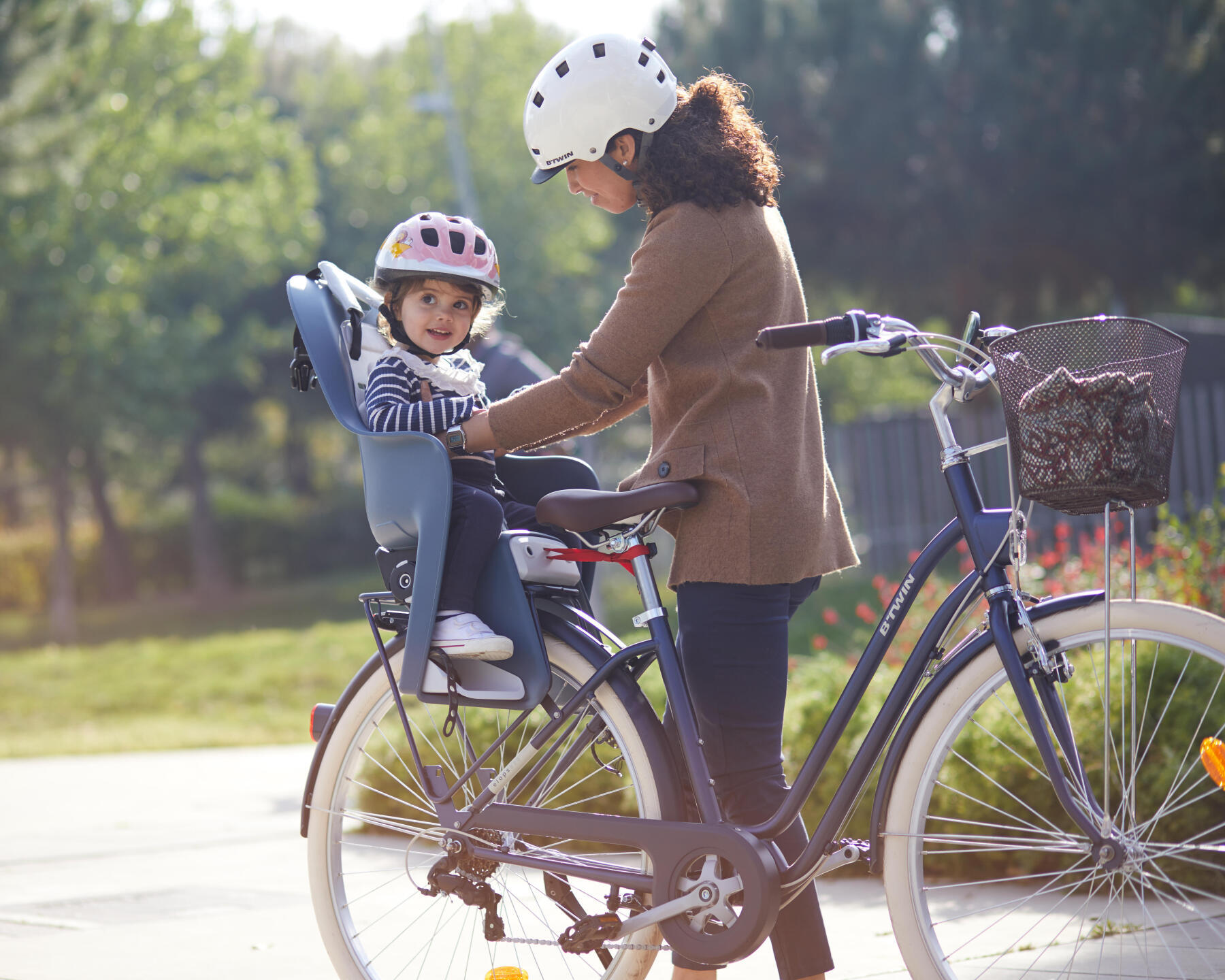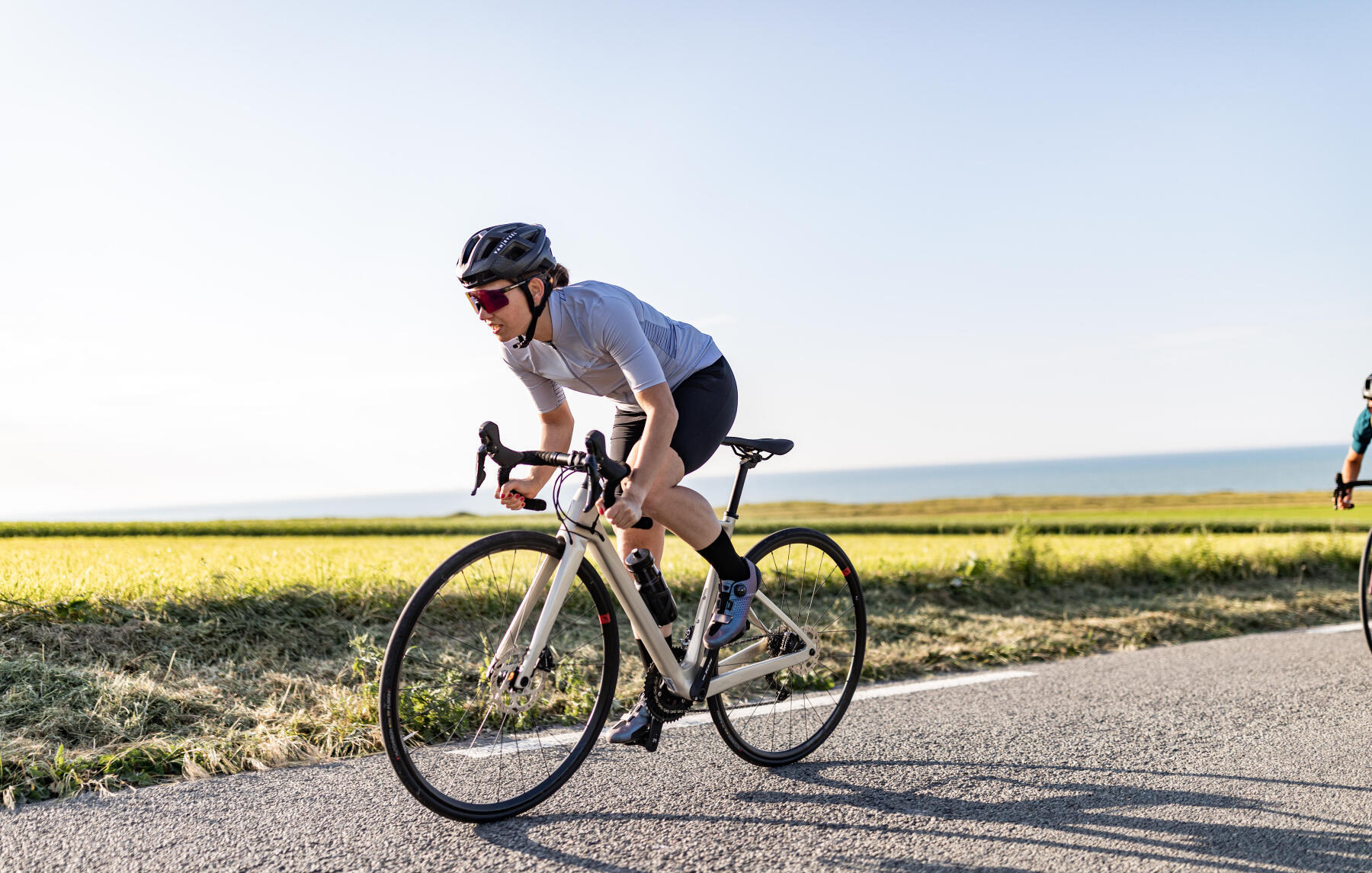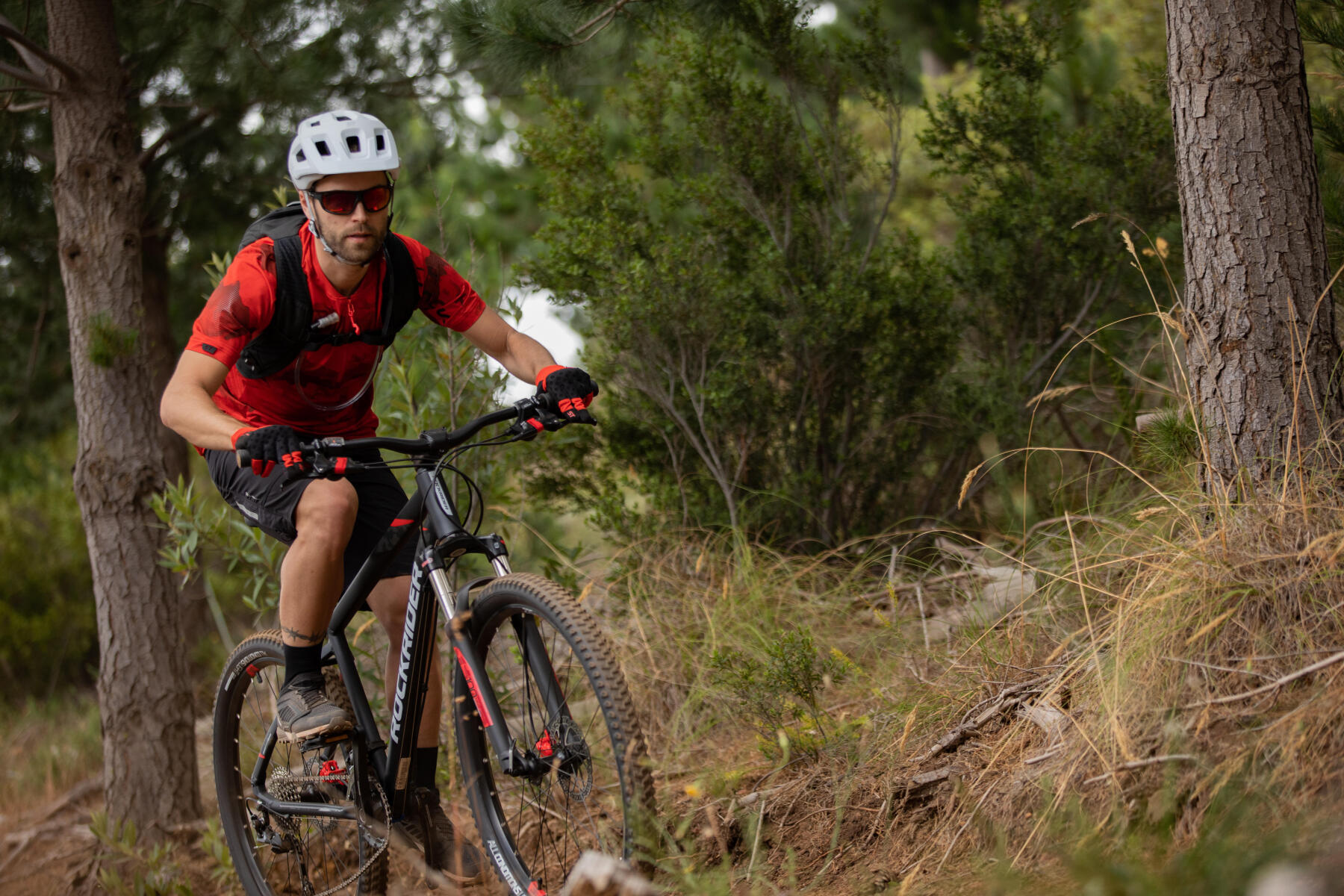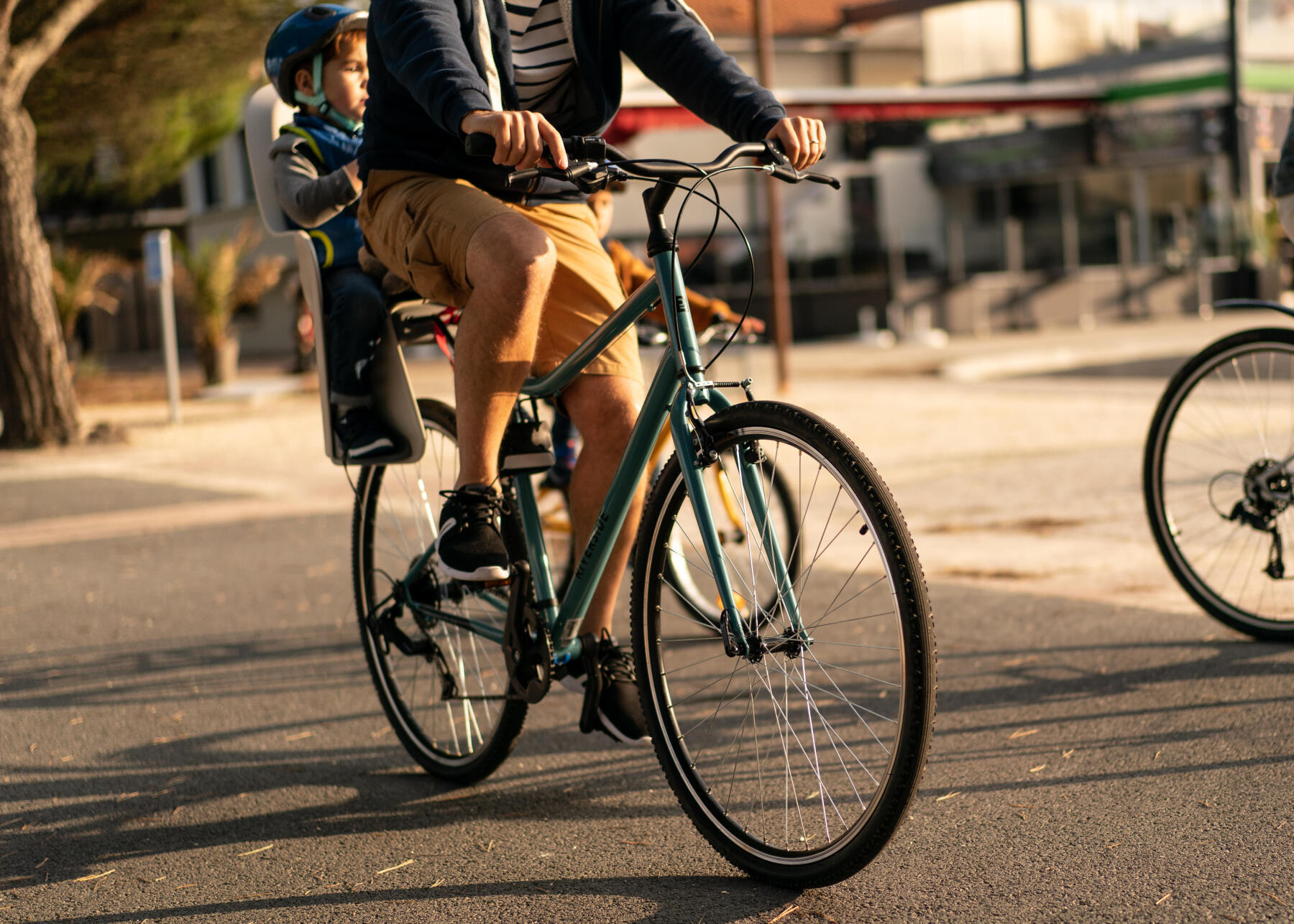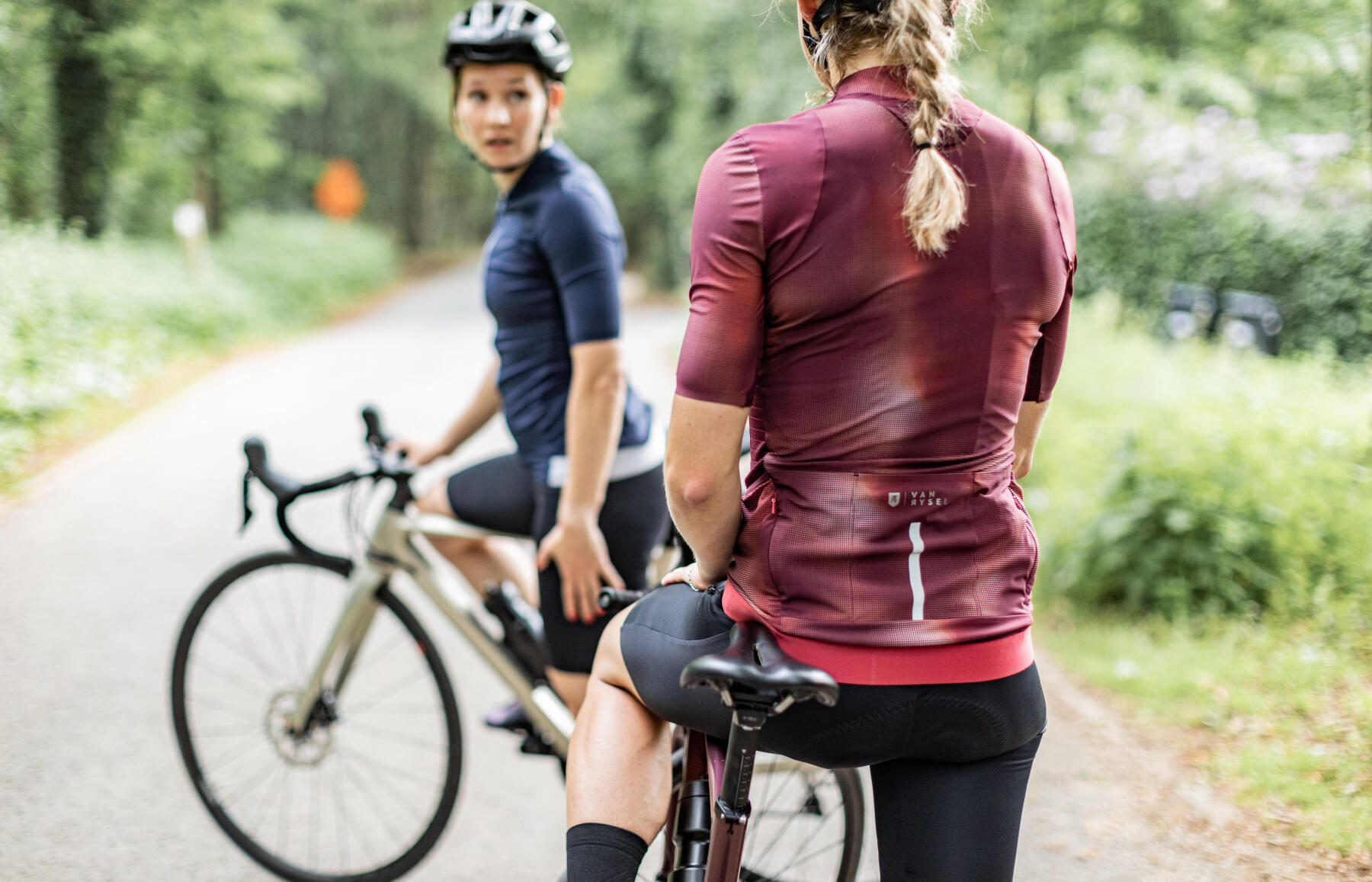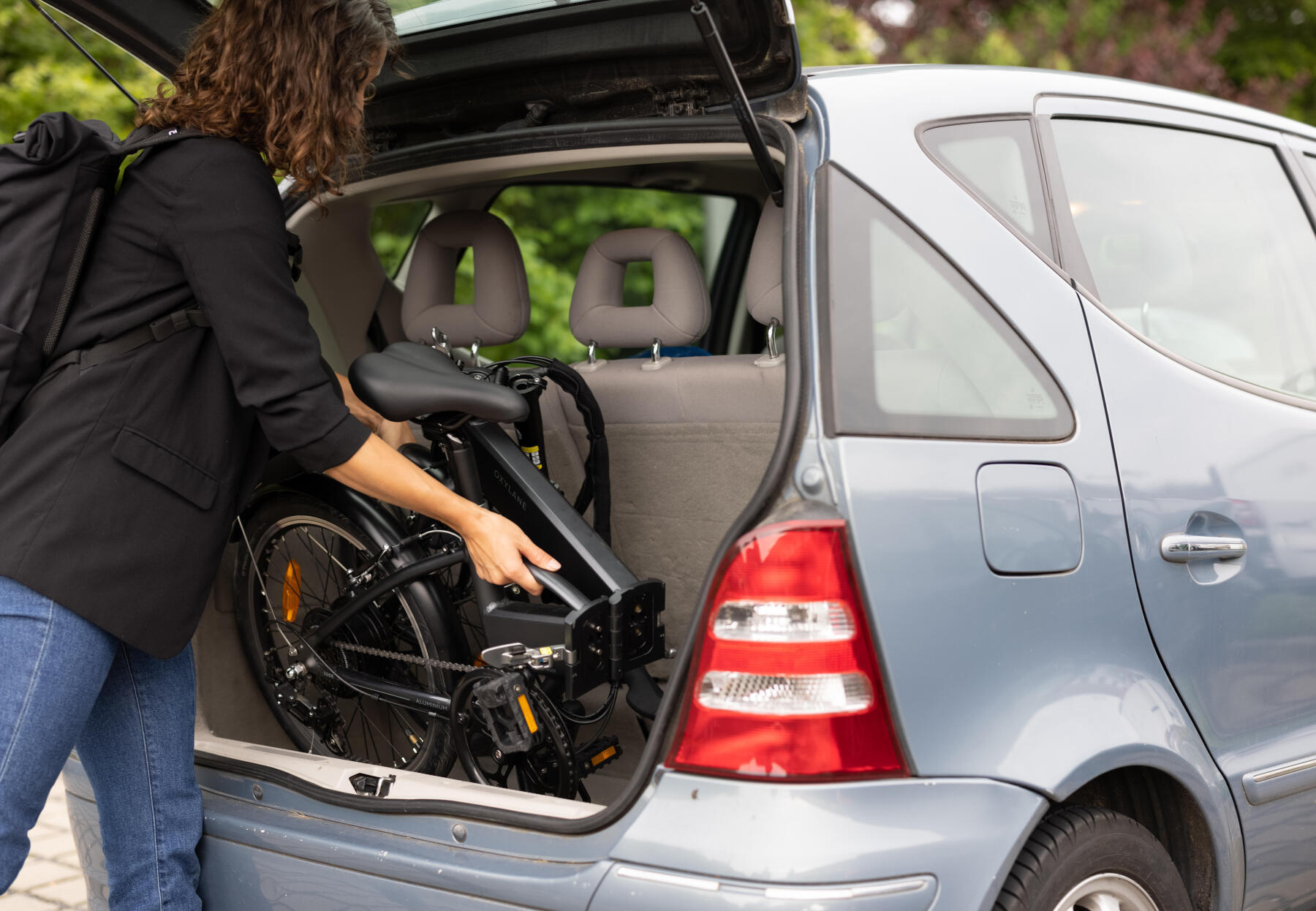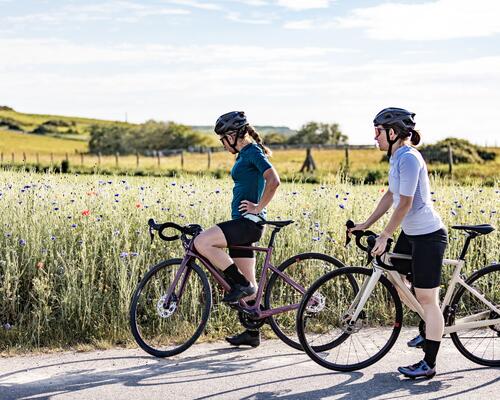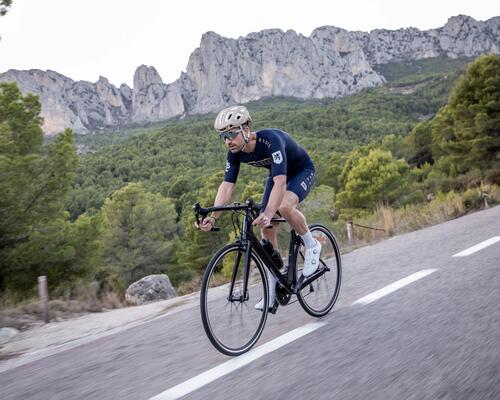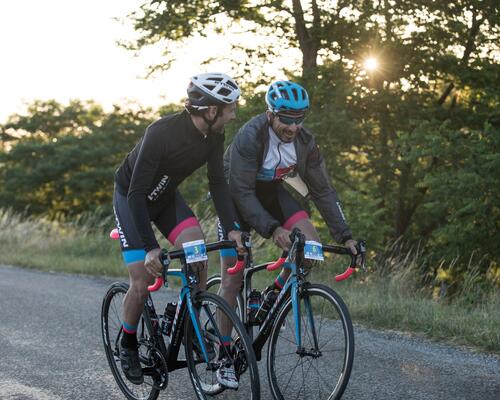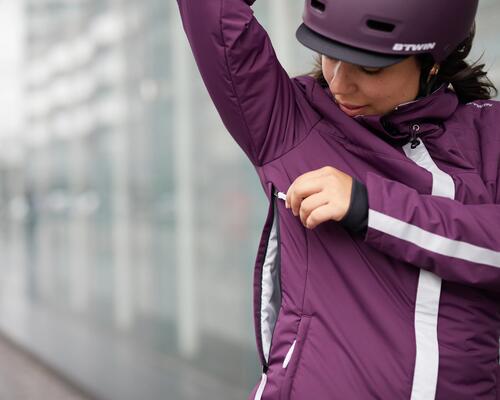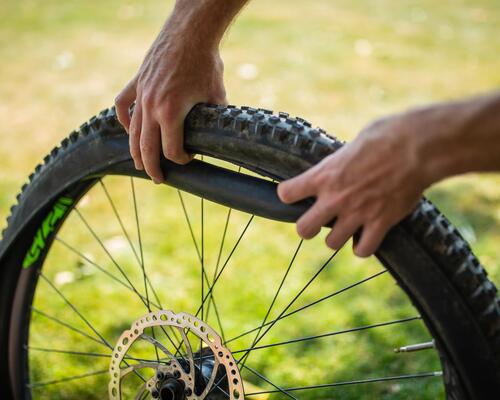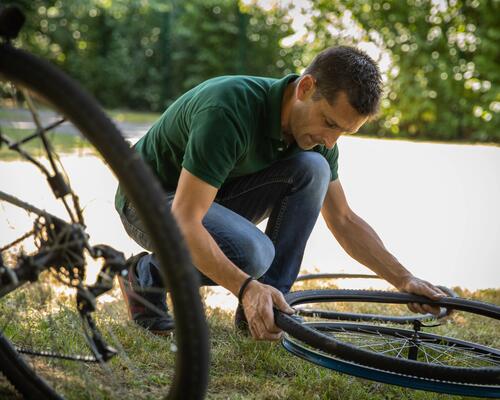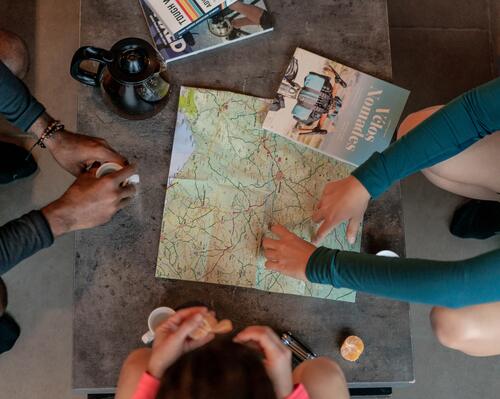The different types of bikes: City bikes
Designed to ride on bike paths and city streets.
Solid and stable, these frames come in different styles, but they generally have a flat handlebar that allows for an upright and relaxed riding position. This style of bicycle is a great choice for commuting to work or school, or simply to get from any point A to point B. Plus, these bikes are usually equipped with mudguards, a rack, and a comfortable saddle.
Fixed gears (“fixies”) or single speeds are the minimalist version of city bikes since they only have one single gear or a direct drive chainring. They won’t come equipped with traditional features like mudguards and racks. As a bonus, these bikes won’t require very much maintenance because of their pared-down construction.

